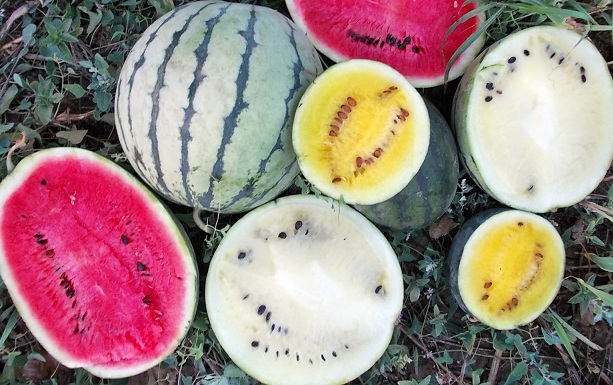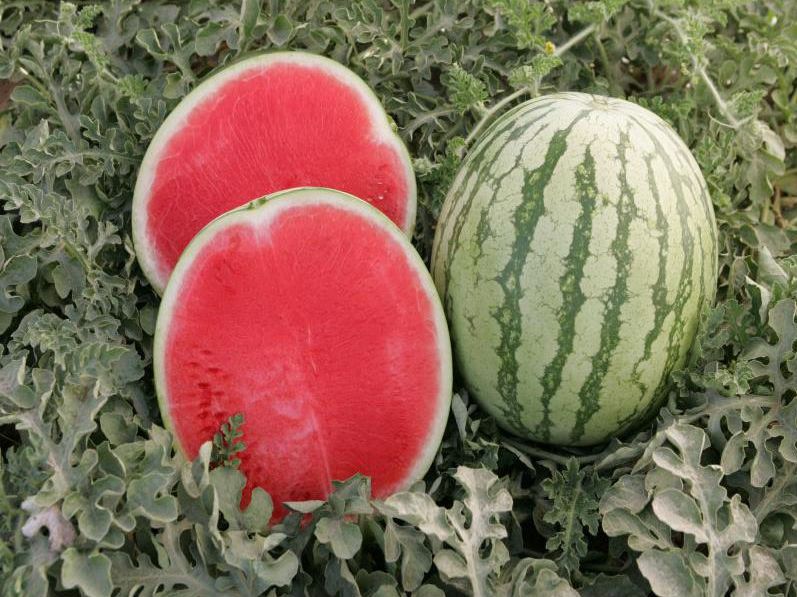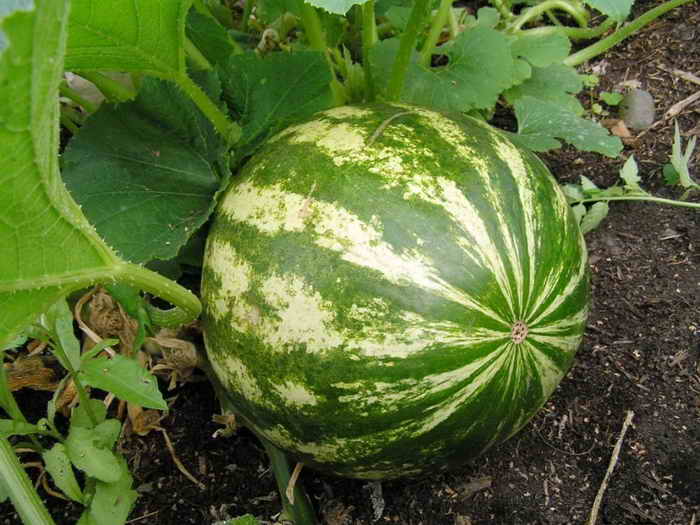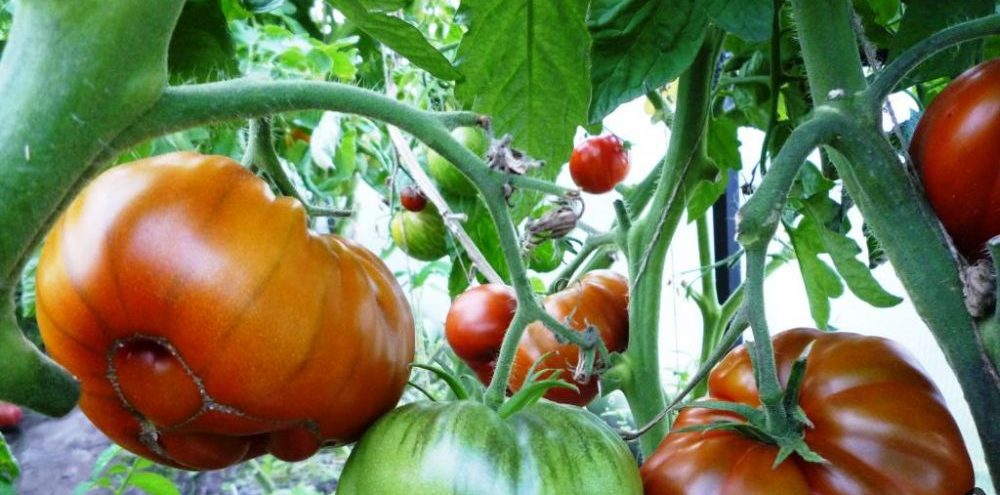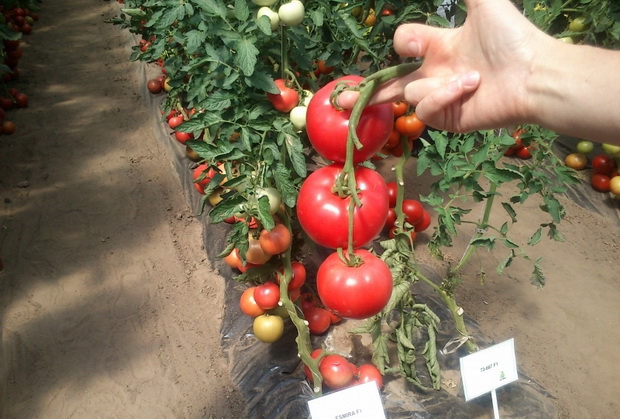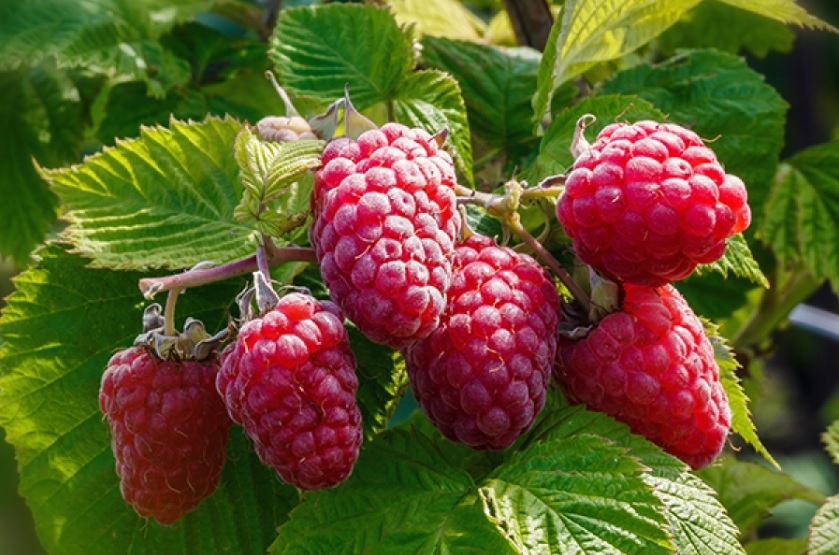Watermelon is considered the melon king of summer. This is due to the fact that it is not only extremely tasty, but also healthy. Its pulp contains fiber, vitamins C and PP, as well as beta carotenes. Regular consumption of berries reduces the likelihood of developing cancer. Early ripening varieties of watermelons are very popular among gardeners.
The origin of the berry
Watermelon belongs to the Pumpkin family. South Africa is considered his homeland. The berry came to Europe at the beginning of the 11th century. The first watermelons were small and tasted like grapefruit. As a result of the work of breeders, more than 1,200 different plant varieties are cultivated in the world today.
Types of watermelons can be roughly subdivided into wild, table and fodder. Each of them has its own characteristics and purpose.
Watermelons are used for cooking such dishes as preserves, candied fruits, salads, canning and pickling. Oil is squeezed out of its seeds, reminiscent of Provence.
For a long time, the fruits of watermelons were considered completely useless, albeit delicious. Modern doctors are sure that watermelon has such beneficial properties as diuretic, choleretic, antipyretic, antibacterial, laxative, etc.
The juice of the pulp is used to prepare masks and emulsions that are used to rejuvenate the skin of the face.
Popular varieties of watermelons
What are the types of watermelons? The most popular is the Ultra-early Watermelon, its list of varieties is quite large.
On the shelves, you can find varieties that differ not only in the color of the peel and taste, but also in the ripening period of the fruit. There are varieties that are characterized by frost resistance, short ripening period of berries. The earliest varieties of watermelon are most popular with farmers around the world. Thanks to this, everyone can grow a crop in the open field in the Urals, in the Moscow region and even in the most northern regions of Russia.
In the Siberian region, the following varieties of early watermelons are suitable:
- Ultra early. Refers to varieties with a short growing season. The berry weight ranges from 2-4.5 kg. The core of the watermelon has a scarlet color and a pleasant sweetish aftertaste. Seeds begin to germinate in late spring.
- Siberian. This green watermelon was bred directly for cultivation in Siberia. It has the following characteristics: frost resistance, early maturity and good yield. The weight of one berry can reach 4 kg or more.
- Madera F1. It rightfully takes first place among the early ripening hybrids of watermelon and melon. It has a high indicator of resistance to the development of diseases of melons. The fruit is green with stripes and a round shape. Fully ripen approximately 35 days after planting the seed in the garden. The core is juicy and tender.
- Crimson Wonder. The variety belongs to the medium early type. The ripening period does not exceed 80 days. The fruits are capable of reaching 10 kg. Watermelons have a fairly thick skin. Its popularity among gardeners is due to its good transportability and keeping quality.
- Sympathy F1. This is a super early variety, the ripening period of which reaches 35 days. The weight of one green and striped watermelon reaches 10 kg. The pulp of the berries is juicy and sweet.
In the Moscow region, the Moscow and Leningrad regions, the central part of the Kursk region, as a rule, the following varieties of early-ripening sugar watermelons are most often grown:
- Watermelon Lady F1: description. The variety was bred by Dutch breeders. Its fruits have an elongated oval shape and can weigh more than 8 kg. The length of the plant's whip ranges from 5 to 8 m. The thickness of the peel is quite large (2, 5 - 3, 0 cm). Plants are resistant to disease development. Berry seeds are best purchased at exhibitions, presentations or at specialized points.
- Watermelon Nice. Refers to medium early varieties. Selected by crossing Monastyrskiy and Krimson Sweet varieties. The weight of berries can reach 6, 0 - 7, 0 kg. Fully the fruits of Nice ripen on melons 80 - 90 days after sowing seeds for seedlings.
- Watermelon Lunar description. The berry got its name from the shape of the cut and the light yellow color of the core, which has a melon-like taste. The variety is early maturing. This type of watermelon can be grown equally well both in the open field and in greenhouses. The growing season lasts 65 to 85 days.
- Sorento. This watermelon variety is extremely popular in the Stavropol region. The berries are medium in size and weigh no more than 5 kg. The growing season lasts 50 - 70 days. The fruits are round and striped in dark green color. More than 60 tons of fruits can be harvested on a watermelon melon from 1 hectare.
- Watermelon melon. The variety belongs to the early maturing. The weight of its fruits reaches 2 - 3 kg. The pulp is juicy and sweet. The rind is of medium thickness, dark green in color. The berry is resistant to the development of diseases.
How to grow
Varietal seeds of watermelons, early varieties of which are intended for cultivation in the Siberian Territory, begin to be sown from the second half of April. It is recommended to pre-soak the seeds in a weak solution of potassium permanganate, which contributes to their disinfection.
After that, the seed material needs to be hardened for 7-8 days. To do this, they are periodically placed in the cold, then in the heat. In order to ensure rapid germination of seeds, the shell is carefully broken off from one side. After such manipulations, you can be completely sure that the first shoots will appear in 3-4 days. Otherwise, the seeds will sprout only after 2-3 weeks.
For growing seedlings, it is recommended to use small containers filled with fertile soil. Before the emergence of shoots, the temperature in the room should be at least 25 degrees. After the seedlings appear on the surface of the soil, it is better to move the containers to a room, the air temperature in which is approximately 15-18 degrees.
Seedlings are planted in open ground after the end of frost (end of June).
Watermelon loves warm and well-lit places, dry weather. In this region, it is better to start preparing seedlings at the end of April. After 25-30 days, the seedlings are ready for planting in the beds.
It is better to grow seedlings in peat pots. This will prevent the possibility of damage to the root system when it is transplanted into open ground. After planting the seeds in the ground, the containers must be covered with a transparent film. The room maintains a temperature regime within 25-28 degrees. After 2-3 leaves have already hatched in the containers, the film can already be removed.
Plant seedlings need good lighting. Therefore, containers need to be placed on the windowsill or use additional lighting.
During the cultivation of seedlings, it must be fed 2 times with mineral fertilizers.
It is recommended to harden it approximately a week before transplanting young seedlings.To do this, the room temperature is lowered to 12 degrees.
Gardening tips
Since female-type flowers are formed on the watermelon plant simultaneously on the main and lateral stems, the bushes do not need additional pollination.
Watering is carried out as needed, using only warm water. Otherwise, the root system may start to rot. After the growing season begins, watering must be stopped. If a plant needs moisture, it will find it on its own using its developed root system.
Experienced gardeners do not recommend growing watermelon seedlings in greenhouses. Here, on hot days, the humidity level rises, which is unacceptable when growing seedlings of berries.
The soil pH level is also of great importance. If its indicator is more than 9 or less than 4, the root system of the watermelon may die.
The harvesting process is also important. Determining the ripeness of a watermelon is quite difficult. In this case, it is recommended to focus on the color and waxiness of the bark of the fruit (if the watermelon is ripe, the waxiness of the bark weakens). Ripe fruits, when tapped, emit a dull sound.
The variety of cold-hardy and early maturing varieties of watermelons bred by Russian breeders allows even inexperienced gardeners to harvest an excellent harvest of watermelons in the garden. To do this, it is necessary to choose the right type of plant, its seed material, and also carefully study the features and conditions of growing the plant, caring for it.
